CAMBODIA
My first week in Cambodia has been like a figurative 10-blade to the heart. I began my usual sightseeing with a visit to the Choeung Ek Killing Fields Memorial—one of the more than 300 found throughout the country where Cambodians were delivered by truck in the middle of the night, blindfolded, brutally beaten to death, then thrown into pits to rot amongst a pile of other bodies. I followed that up with the Tuol Sleng Genocide Museum, which was formally a prison for those that were eventually taken to the killing fields. Shortly after that, I watched The Killing Fields, a documentary that depicts the story of this period through the eyes of an American journalist. By the end of this day, I was left gutted with tears of compassion while also feeling incredibly bothered by my oblivion, shocked by the history, devastated by the tragedy and moved by the resilience of the Cambodian people.
My first week in Cambodia has been like a figurative 10-blade to the heart. I began my usual sightseeing with a visit to the Choeung Ek Killing Fields Memorial—one of the more than 300 found throughout the country where Cambodians were delivered by truck in the middle of the night, blindfolded, brutally beaten to death, then thrown into pits to rot amongst a pile of other bodies. I followed that up with the Tuol Sleng Genocide Museum, which was formally a prison for those that were eventually taken to the killing fields. Shortly after that, I watched The Killing Fields, a documentary that depicts the story of this period through the eyes of an American journalist. By the end of this day, I was left gutted with tears of compassion while also feeling incredibly bothered by my oblivion, shocked by the history, devastated by the tragedy and moved by the resilience of the Cambodian people.
| If you’re as clueless as I was, allow me to brief you. The Khmer Rouge, a communist party led by Pol Pot in Cambodia between 1975-1979, was made up of poor, uneducated boys from the country that were given a gun, fed an ideology and promised a better life. During this time, the Khmer Rouge forced over 2 million people from cities to the country to work laborious hours in the rice fields and other agricultural chores. They controlled how the captured Cambodians acted, what they wore, how they could talk and many other things. If they disobeyed, they were killed. By the time their rule had ended, the Khmer Rouge had killed over 3 million innocent people including intellectuals, city-dwellers, minorities and even their own party members if they were presumed disloyal. Pol Pot believed it “better to risk killing the innocent than risk not killing the enemy.” Their goal was to rid of capitalism entirely and create a strictly agrarian-based society. Seems a little anti-productive to kill off all the people that are doing the hard labor, right? Regardless, after four years, the Khmer Rouge was driven out after an invasion by Vietnam. Legal matters are still ongoing. |
Just when I didn’t know I could gain anymore respect and compassion for the people in this country, last night, a group of friends and I went to the Siem Reap Circus expecting popcorn, clowns and acrobatic animals. What we saw was quite different. This show was more like Cirque du Soleil with a fusion of local music, art, theater and powerful storytelling. The story they told was a before, during and aftermath of the Khmer Rouge rule in Cambodia. Through incredibly talented entertainment, they depicted how even though Cambodia suffered so much loss, they chose to move on together with optimism and fortitude. They will never let what happened to them be forgotten, but they will also not let it stop them from laughing, living and thriving.
To say this is one of the truest and most tragic forms of genocide that has ever occurred would be ignorant. Mass killings of any sort, which have always and will always continue to occur—take ISIS, for instance—remains entirely cruel and inhumane no matter what the circumstances. Although the culmination of these educational experiences has left me in a state of naive confusion and anger, this has ultimately been one of the more humbling experiences I have ever had—to finally absorb and witness the aftermath of a true tragedy. People that are 36 or older survived and still live to see the new dawn of their country after the Khmer Rouge carnage (but may have never met their families), and anyone younger was born to people that survived. I'm just so sad they had to go through something so nefarious. Cambodia deserves over three million medals for their forgiveness and fortitude. All that said, I think I'll learn a lot from these people.
To say this is one of the truest and most tragic forms of genocide that has ever occurred would be ignorant. Mass killings of any sort, which have always and will always continue to occur—take ISIS, for instance—remains entirely cruel and inhumane no matter what the circumstances. Although the culmination of these educational experiences has left me in a state of naive confusion and anger, this has ultimately been one of the more humbling experiences I have ever had—to finally absorb and witness the aftermath of a true tragedy. People that are 36 or older survived and still live to see the new dawn of their country after the Khmer Rouge carnage (but may have never met their families), and anyone younger was born to people that survived. I'm just so sad they had to go through something so nefarious. Cambodia deserves over three million medals for their forgiveness and fortitude. All that said, I think I'll learn a lot from these people.

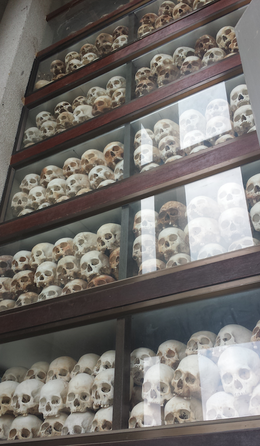
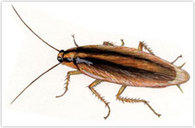
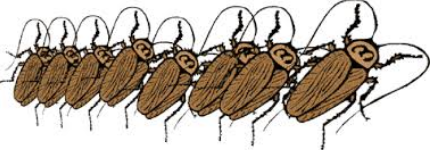
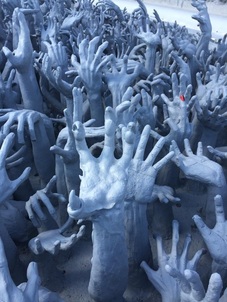
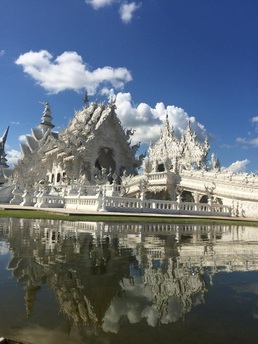
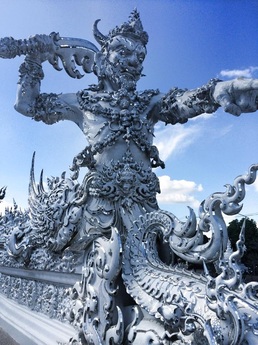
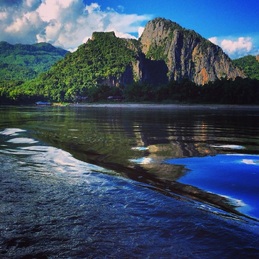
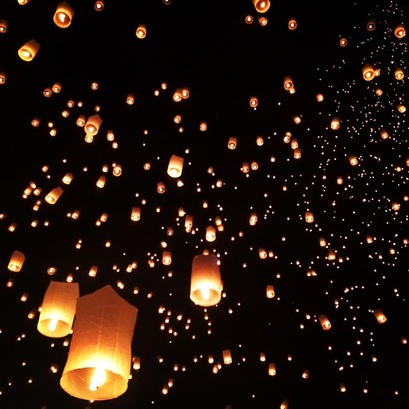
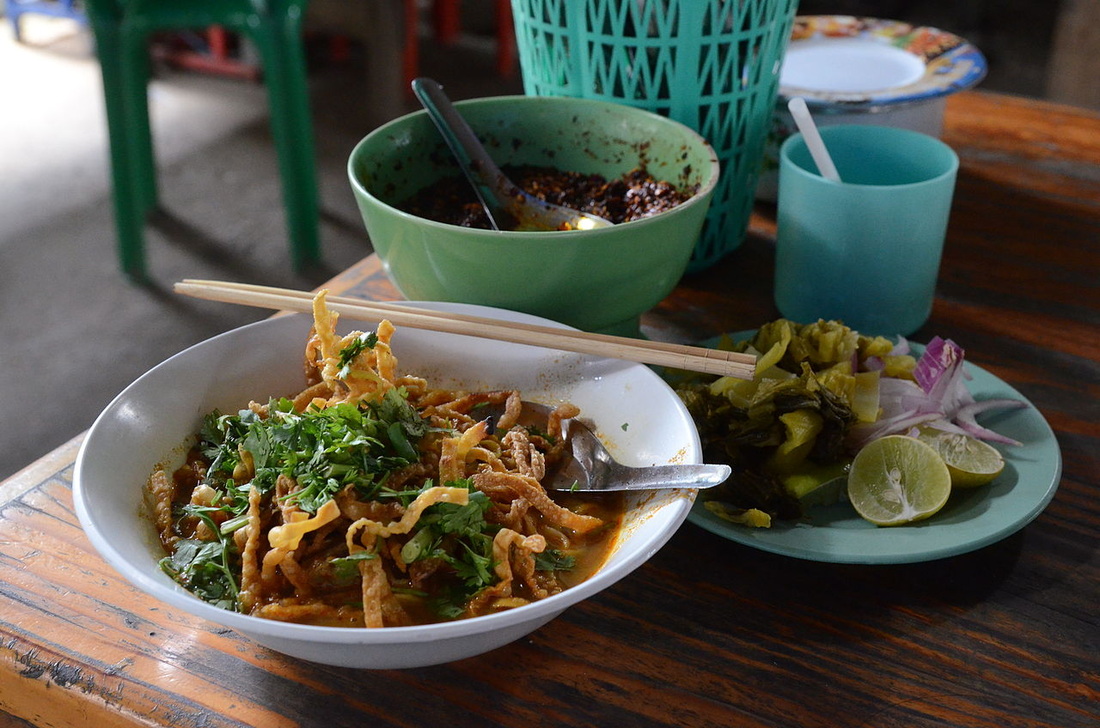
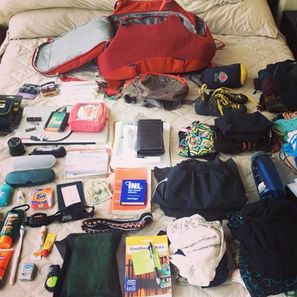

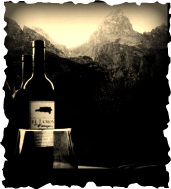

 RSS Feed
RSS Feed
